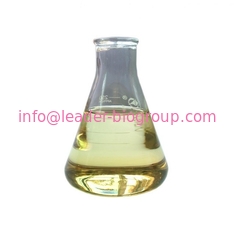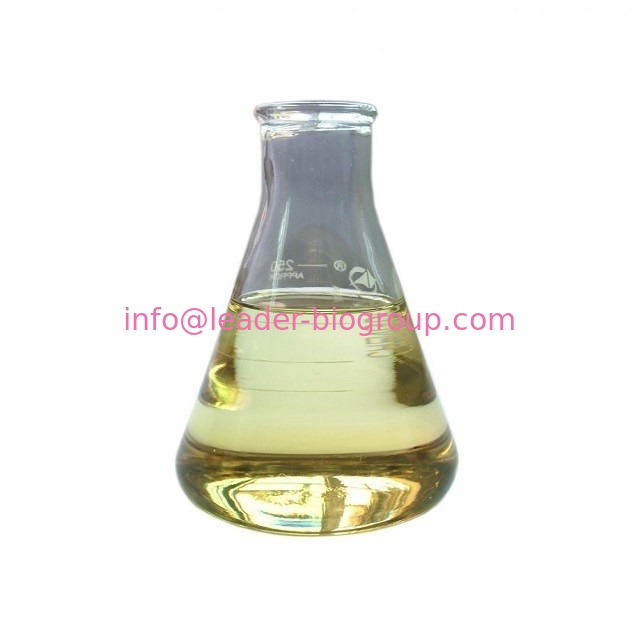
The World Largest Manufacturer Factory Supply Almond Sweet Oil CAS 8007-69-0
-
Purity99.9%
-
UseHealth Care
-
OriginChina
-
Package25KG/Bucket
-
ManufacturerXI'AN LEADER BIOCHEMICAL ENGINEERING CO.,LTD
-
Place of OriginCHINA
-
Brand Nameinfo@leader-biogroup.com
-
CertificationISO,GMP,SGS,HALA,KOSER,HACCP
-
Model NumberLD
-
Minimum Order Quantity25KG
-
PriceNegotiate Depend on order quantity
-
Packaging Details25KG/Bucket
-
Delivery Time2-3 working days
-
Payment TermsWestern Union, MoneyGram, T/T, L/C
-
Supply Ability10MTS/Month
The World Largest Manufacturer Factory Supply Almond Sweet Oil CAS 8007-69-0
Inquiry email: info@leader-biogroup.com
Hot Line +86-029-68895030
+86-029-68569961
+86-029-68569962
Fax +86-029-68895030
| Product Name: | Sweet almond oil |
| Synonyms: | ALMOND OIL;ALMOND OIL, SWEET;AMYGDALAE OLEUM;SWEET ALMOND OIL;almondoilfromprunusdulcis;expressedalmondoil;oilofsweetalmond;Oils,almond |
| CAS: | 8007-69-0 |
| MF: | |
| MW: | 0 |
| EINECS: | 616-913-8 |
| Product Categories: | Industrial/Fine Chemicals |
| Mol File: | Mol File |
| Sweet almond oil Chemical Properties |
| density | 0.91 g/mL at 20 °C |
| refractive index | n20/D1.471 |
| storage temp. | 2-8°C |
| solubility | Miscible with chloroform, and r; slightly soluble in ethanol (95%). |
| EPA Substance Registry System | Almond oil (8007-69-0) |
| Sweet almond oil Usage And Synthesis |
| Chemical Properties | A clear, colorless, or pale-yellow colored oil with a bland, nutty taste. |
| Uses | Pharmaceutic aid (emollient and perfume); pharmaceutic aid (vehicle, oleaginous). |
| Uses | almond oil, sweet (Prunus amygdalus dulcis) is serves as an emollient and a carrier, providing an elegant skin feel and promoting spreadability in creams, lotions, and bath oils. Sweet almond oil’s main constituent is olein with a small proportion of linoleic acid glyceride. It is obtained from sweet almonds that have undergone a cleaning and crushing process, leaving them in powder form. The powder is then cold-pressed and left to “rest” for one to two weeks. After the resting period, the almond oil is filtered and often bleached. Sweet almond oil is the triglyceride oil (vegetable oil) derived from almonds, and is very similar in composition to olive oil. |
| Uses | sweet almond oil is an emollient with soothing properties. |
| Uses | Almond Oil is the oil of the bitter almond after the removal of hydro- cyanic acid. it is a colorless to slightly yellow liquid having a strong principally almond-like aroma. it is used mainly in the pharmaceu- tical and cosmetic industry and also as a food flavoring agent. |
| Definition | The volatile essential oil distilled from ground kernels of bitter almonds. |
| Production Methods | Almond oil is expressed from the seeds of the bitter or sweet almond, Prunus dulcis (Prunus amygdalus; Amygdalus communis) var. amara or var. dulcis (Rosaceae). |
| Pharmaceutical Applications | Almond oil is used therapeutically as an emollientand to soften ear wax. As a pharmaceutical excipient it is employed as a vehicle in parenteral preparations, such as oily phenol injection. It is also used in nasal spray, and topical preparations.Almond oil is also consumed as a food substance. |
| Safety | Almond oil is widely consumed as a food and is used both therapeutically and as an excipient in topical and parenteral pharmaceutical formulations, where it is generally regarded as a nontoxic and nonirritant material. However, there has been a single case reported of a 5-month-old child developing allergic dermatitis attributed to the application of almond oil for 2 months to the cheeks and buttocks. |
| storage | Almond oil should be stored in a well-closed container in a cool, dry place away from direct sunlight and odors. It may be sterilized by heating at 1508℃ for 1 hour. Almond oil does not easily turn rancid. |
| Regulatory Status | Included in nonparenteral and parenteral medicines licensed in the UK. Widely used as an edible oil. |

